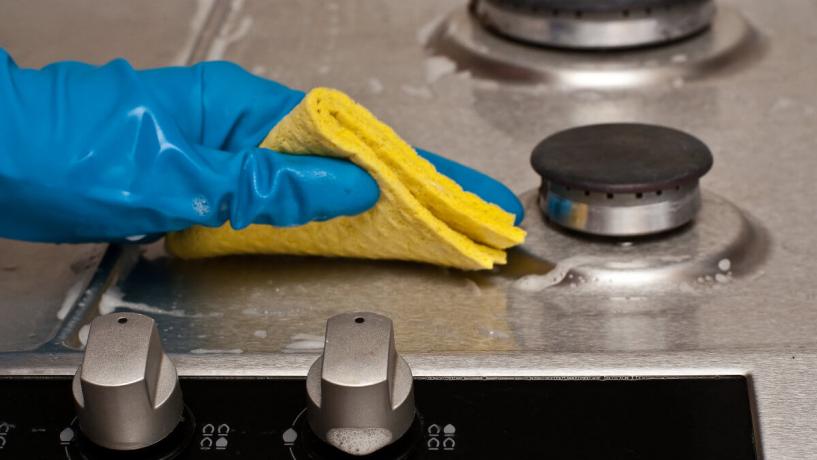
Did you know the kitchen is one of the germiest areas in your home? In fact, your kitchen sink is often dirtier than your toilet seat and can caontain up to 100,000 times more germs.
According to Dr Charles Gerba, a microbiologist and professor at the University of Arizona, the kitchen is a hot spot for bacteria, hiding nasty germs on items you wouldn’t think.
“In most cases, it’s safer to make a salad on a toilet seat than it is to make one on a cutting board,” he said.
“People disinfect their toilet seats all the time, but they don’t realise that they really need to pay attention in the kitchen too.”
With spring now upon us, there’s no better time to get your kitchen in order, and rid of any harmful bacteria that may be lurking.
Tips for a Safer Kitchen
So, here are some handy tips to help get your kitchen food safety ready this spring season:
- Focus on kitchen sink – give your kitchen sink a good scrub by wiping it down with a quality disinfectant solution, also don’t forget about flushing out the drain. For those extra-tough stains try using baking soda and vinegar to remove.
- Replace sponges and dishcloths frequently – as these items provide a moist environment for bacteria to quickly grow, it’s important to regularly discard / wash (through a hot washing cycle) and replace them. Why not bulk up on your sponge stock and purchase new tea towels for spring?
- Wipe and toss items out of fridge – to avoid housing nasty bacteria in your fridge, start by throwing out any questionable looking food items and old containers. Remove all trays and give them a thorough wash with warm water and soap. Also, wipe down the interior with a damp cloth followed by a dry cloth.
- Sanitise surfaces, utensils and chopping boards – to prevent harmful bacteria from spreading, clean all items that come into contact with food such as bench surfaces, utensils and chopping boards with hot soapy water after each use. Once washed you can also sanitise them with disinfectant kitchen cleaner and wipe dry with paper towels.
Interested in More?
For more information, you can visit our Resources section it is packed with handy tips, videos and how-to guides to improve your food safety.
Unsafe food practices can be serious. If you are interested in learning more about food safety consider one of our great food safety courses.





